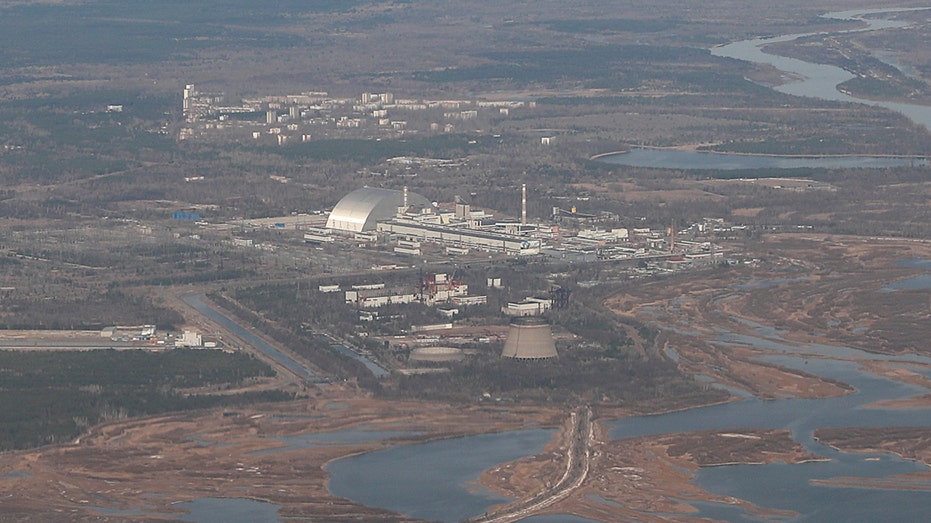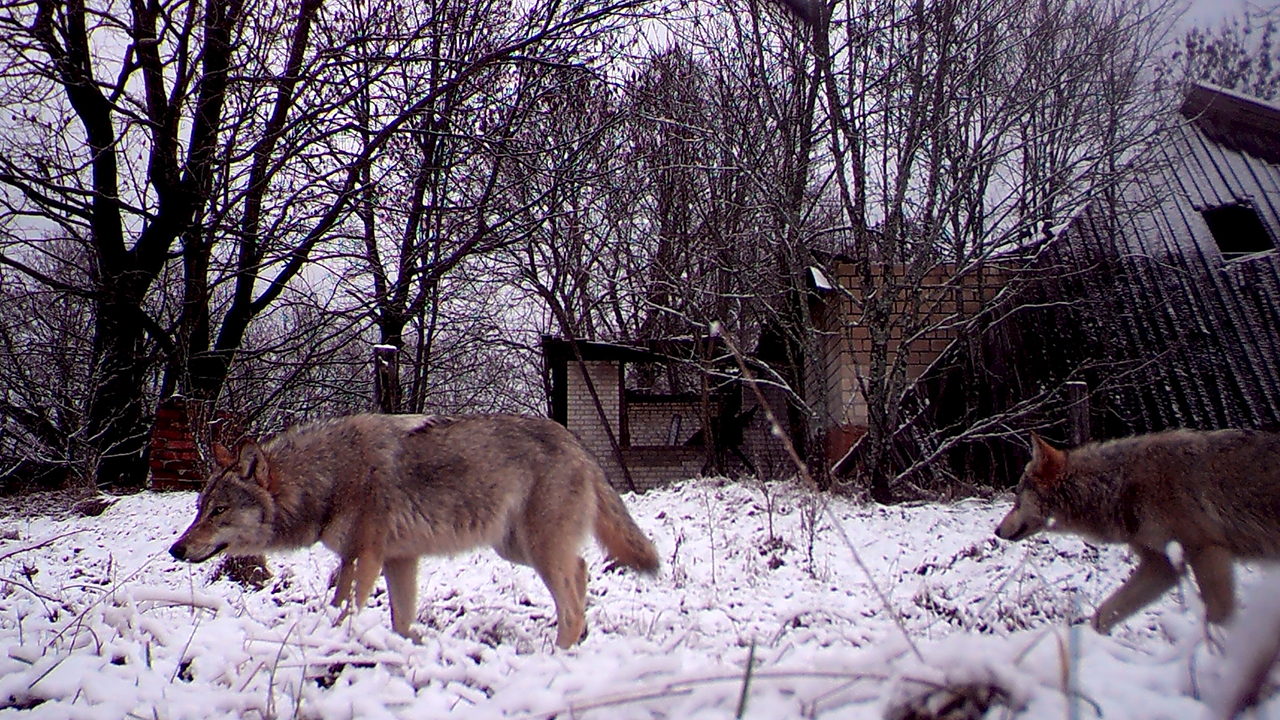Chernobyl’s mutant wolves developing resistance to cancer, study says
Chernobyl wolves exposed to six times legal safety limit of radiation for humans
Wolves in Chernobyl’s radiation zone appear to have developed a resistance to cancer after being exposed to high levels of radiation in the wake of the nuclear disaster 35 years ago, according to a new study.
Cara Love, an evolutionary biologist and ecotoxicologist at Princeton University, found that the wolves in the Chernobyl Exclusion Zone (CEZ) have altered immune systems "similar to cancer patients undergoing radiation treatment," according to the Society for Integrative and Comparative Biology.
In 2014, Love and her colleagues put collars equipped with radiation dosimeters on wolves in the area and took blood samples to understand the animals' responses to being exposed to upwards of 11.28 millirem of radiation per day – six times the legal safety limit of radiation for humans.
The research could help to identify protective mutations that can increase the odds of surviving cancer.
NEW REPORT SHOWS RUSSIA RAKING IN REVENUE FROM STATE NUCLEAR COMPANY

Wolves in the Chernobyl Exclusion Zone are being exposed to upwards of 11.28 millirem of radiation per day – six times the legal safety limit of radiation for humans, according to the study. (Reuters/Vasily Fedosenko, File / Reuters Photos)
Chernobyl is known for its brutal environment following the 1986 explosion and fire at the Ukraine power plant that sent radioactive fallout spewing into the atmosphere. Thirty workers were killed in the immediate aftermath while the long-term death toll from radiation poisoning is estimated to number in the thousands.

An explosion and fire at the Chernobyl nuclear plant caused radioactive fallout to spew into the atmosphere on April 26, 1986. (Reuters/Mykola Lazarenko/Pool, File / Reuters Photos)
FIRST NUCLEAR FUSION POWER PLANTS WILL NEED $7 BILLION SUPPLY CHAIN, SURVEY FINDS
Nearly four decades after the accident, a range of wildlife populates the region, including bears, wolves, dogs and lynxes.
Before Russia invaded Ukraine in 2022, scientists and researchers had begun to study the adaptations that wildlife had undergone through living in the highly radioactive area.

Nearly four decades after the disaster, wildlife roaming the area under study to understand their adaptations in their harsh environment. (Reuters/Gleb Garanich, File / Reuters Photos)
GET FOX BUSINESS ON THE GO BY CLICKING HERE
Scientists have said the research could have wide applications, providing insights about how animals and humans can live now and in the future in regions of the world under "continuous environmental assault" – and in the high-radiation environment of space.




















